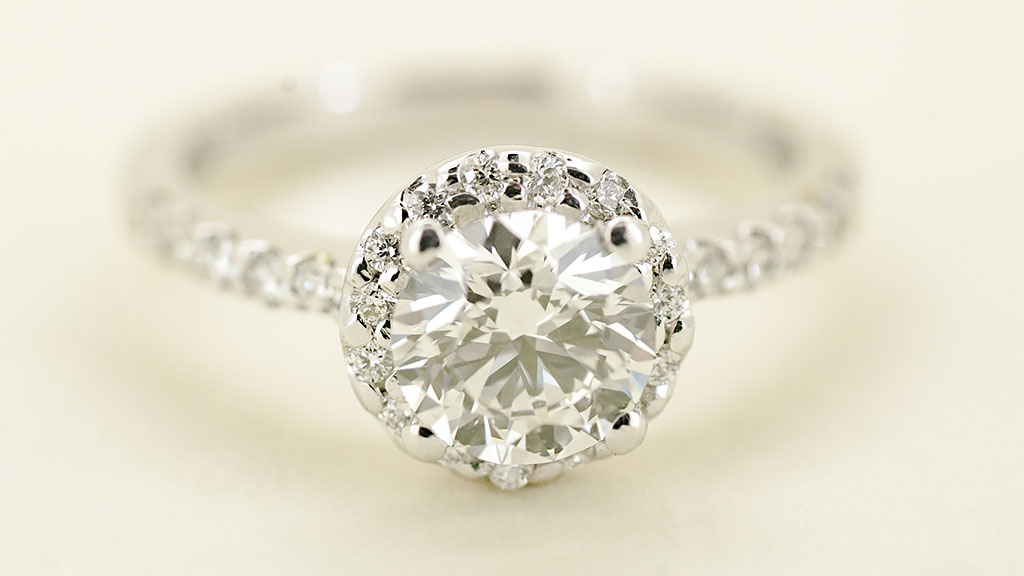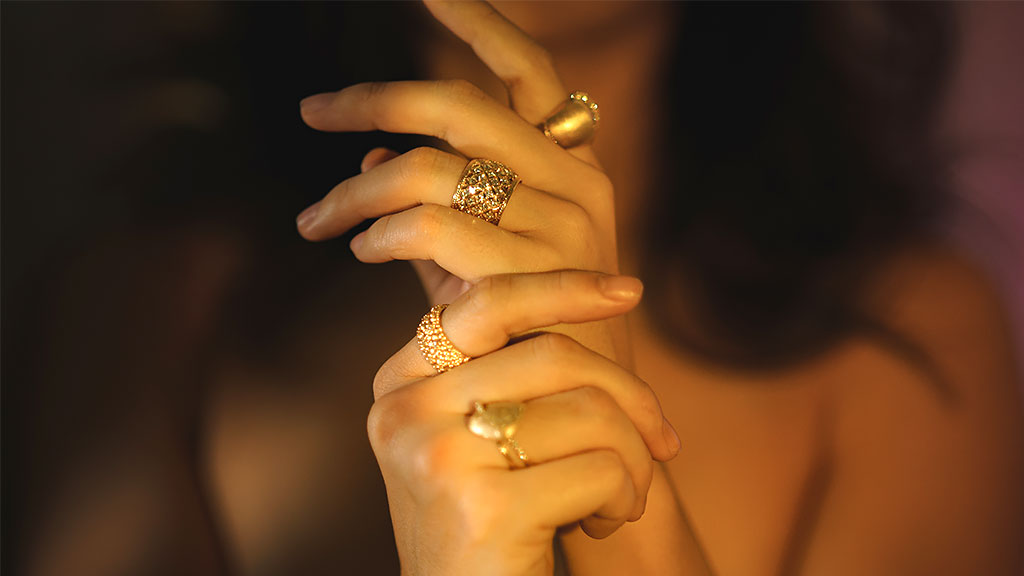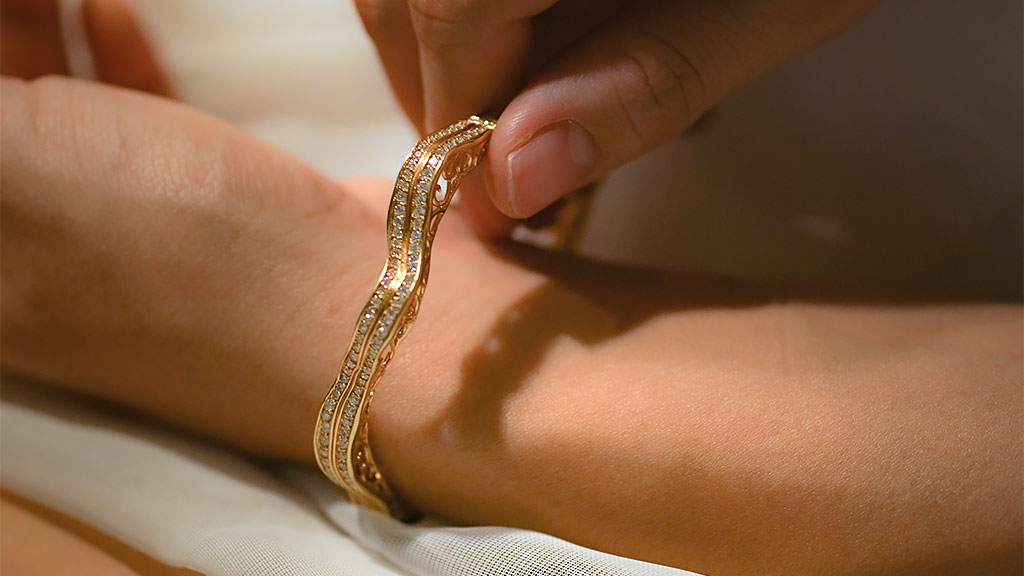
A Guide to Buying the Perfect Diamond
While it seems easy to just pick out the diamond that catches your eye first, knowing the 4Cs in and out can make your search for the perfect gem so much better.
Buying a diamond is a lot like purchasing your first home—you’ll definitely need to sink a lot of time and research into finding the perfect one for you. While it seems easy to just pick out the diamond that catches your eye first, knowing the 4Cs in and out can make your search for the perfect gem so much better.
The 4Cs stand for cut, color, clarity, and carat. These are factors that help determine the value and quality of your chosen diamond, as a stone’s value and rarity is based on its own unique combination of the 4Cs. To help make the process of finding your ideal diamond easier, we’ve broken down these 4Cs and listed out exactly how they each affect a stone’s price and quality.
Carat
Carat is the C that most of us are probably familiar with. This refers to the weight of a diamond, with one carat equaling 0.02 grams or roughly the weight of one paperclip. Naturally, the larger the carat, the pricier the diamond. But carat only refers to the weight of the stone and not necessarily its size. In fact, two diamonds that weigh the same can actually cost differently, taking into account other factors like color or clarity.
Cut
Carat may be the C that we’re most familiar with, but cut is what gives a diamond its trademark sparkle. This C refers to the stone’s polish, proportions, and symmetry (not actually its shape!), all of which are factors that impact how a diamond interacts with light. A diamond’s cut is a crucial part of determining its value, as it’s what brings out the best of the gem.
Clarity
Because diamonds are formed under intense heat and pressure, it’s only natural that they come with some imperfections. The next C, clarity, measures just how many imperfections a diamond has. A diamond’s clarity is graded from a Flawless (FL) to Included (I) scale—the fewer the imperfections, the more expensive the diamond is.
Like the rest of the 4Cs, clarity’s influence on value is directly related to the concept of rarity, as it’s very rare to find diamonds that are completely flawless.
Color
For diamonds, the less color it has, the more expensive it is. Color is graded from a D to Z scale, with D meaning completely colorless and Z meaning it has a light-yellow hue. A diamond’s size makes a difference in its color–the bigger the diamond, the more obvious is its color. The differences in color also seem subtle but they cause dramatic variations in price.
The combination of these 4Cs not only help describe the unique qualities of a diamond in precise terms, but they also determine the rarity and value of the gem. For the team at Twin Princess Gems, we always strive our best to help you discover the diamond of your dreams, so you can make the most out of your purchase.

While it seems easy to just pick out the diamond that catches your eye first, knowing the 4Cs in and out can make your search for the perfect gem so much better.

Have an antique piece of jewelry that you’d love to wear but can’t seem to find a place for it in your wardrobe?

We’ve listed down a few tips, ranging from how to properly store your jewelry to how to clean them, in order to make the most out of your precious collection.
Timeless Elegance
In Every Masterpiece
Upper Level, Theatre Mall,
Greenhills, San Juan
Call us at
+632 8721 7563
+63917 548 4226
Store Hours:
Mon-Sat | 10AM – 6PM
West Wing Lobby, Pasay City
Call us at
+632 8988 9999 local 3317
+63995 190 6878
Store Hours:
Tue-Sun | 10AM – 6PM
| Cookie | Duration | Description |
|---|---|---|
| cookielawinfo-checkbox-analytics | 11 months | This cookie is set by GDPR Cookie Consent plugin. The cookie is used to store the user consent for the cookies in the category "Analytics". |
| cookielawinfo-checkbox-functional | 11 months | The cookie is set by GDPR cookie consent to record the user consent for the cookies in the category "Functional". |
| cookielawinfo-checkbox-necessary | 11 months | This cookie is set by GDPR Cookie Consent plugin. The cookies is used to store the user consent for the cookies in the category "Necessary". |
| cookielawinfo-checkbox-others | 11 months | This cookie is set by GDPR Cookie Consent plugin. The cookie is used to store the user consent for the cookies in the category "Other. |
| cookielawinfo-checkbox-performance | 11 months | This cookie is set by GDPR Cookie Consent plugin. The cookie is used to store the user consent for the cookies in the category "Performance". |
| viewed_cookie_policy | 11 months | The cookie is set by the GDPR Cookie Consent plugin and is used to store whether or not user has consented to the use of cookies. It does not store any personal data. |